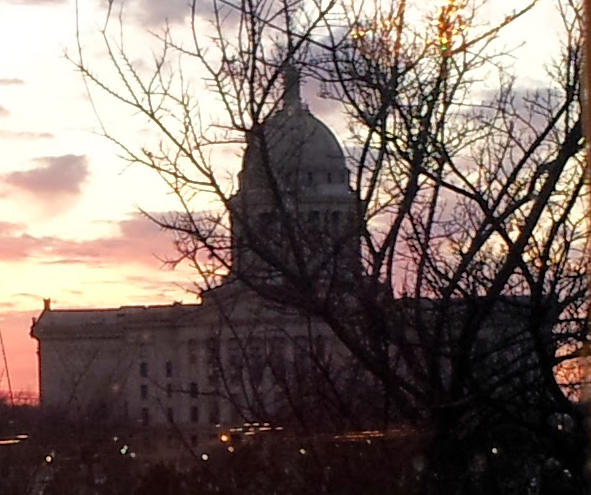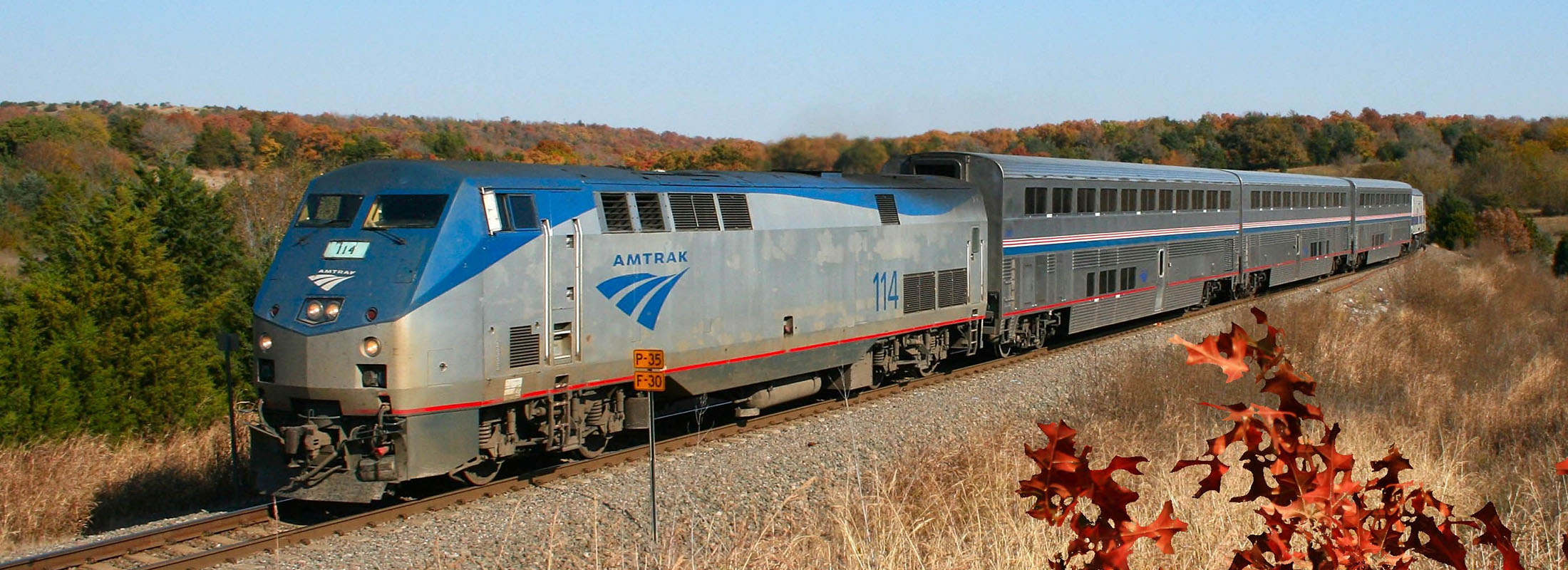Haskell County Monument Removed
In a 6-to-6 decision last July 30, the full U.S. Court of Appeals for the 10th Circuit decided not to review a three-judge panel's June 8 ruling that the display was unconstitutional. The court ruled that the monument violated the Establishment Clause of the U.S. Constitution because a "reasonable observer would view the monument as having the impermissible principal or primary effect of endorsing religion." The display is unconstitutional, the court said, because the proposal to erect the monument, its approval by the Haskell County Board of Commissioners, and the commissioners' expressly religious defense of the monument "strongly reflect a government endorsement of religion." The panel sent the case back to federal Judge Ronald White in Muskogee with instructions to issue a new ruling consistent with theirs.
In August 2006, Judge White ruled in Green v. Haskell County Board of Commissioners that the presence of the monument on the Haskell County Courthouse lawn was constitutional. The American Civil Liberties Union (ACLU) then appealed the decision to the 10th Circuit. The courthouse lawn area also includes memorials to veterans of World War II, the Vietnam War, and the Korean War; an Unmarked Graves monument; a Choctaw Indian Tribe Monument; as well as numerous other items commemorating significant events.
In September 2004, a lay minister in Haskell County received permission from the Haskell County Board of Commissioners to build the monument. Several days after erection of the monument, a dedication ceremony was held that included opening and closing prayers and remarks from several local pastors who talked about the religious significance of the monument. The ACLU filed suit to have the monument removed on behalf of a man who claimed he was offended by it. The county defended its action with the assistance of attorneys with the Alliance Defense Fund (ADF), a legal alliance of Christian attorneys and like-minded organizations defending the right of people to freely live out their faith.
Meanwhile, plans are proceeding for a similar marker on the grounds of the Oklahoma State Capitol. Last year, House Bill 1330 by state Rep. Mike Ritze (R-Broken Arrow) easily won legislative approval and was signed into law by the governor."We did not pattern ours after the Haskell County display," said Ritze. He noted that the wording for the Capitol monument is similar to monuments in Texas and Utah that have withstood the scrutiny of the U.S. Supreme Court. Those markers stood on the Capitol grounds in Texas and in a city park in Pleasant Grove, Utah, for decades before being challenged.
But, Oklahoma Attorney General Drew Edmondson says the state's proposed marker more resembles the Haskell County monument than the one in Texas and expects it to be challenged . He says the Texas monument was part of an array of monuments dealing with history and the law. The State Capitol monument is expected to be ready for installation in June.










Latest Commentary
Thursday 31st of July 2025
Thursday 31st of July 2025
Thursday 31st of July 2025
Thursday 31st of July 2025
Thursday 31st of July 2025
Thursday 31st of July 2025
Thursday 31st of July 2025
Thursday 31st of July 2025
Thursday 31st of July 2025
Thursday 31st of July 2025
Thursday 31st of July 2025